Buying guides
There are two kinds of messes in life: the daily kind, like cleaning pet hair off the living room carpet, and the heavy-duty kind, like tackling sawdust in the garage after a weekend DIY project. These two scenarios highlight the core conflict in home cleaning: daily finesse versus raw, utilitarian power.
Most modern homeowners realize that an all-in-one solution doesn’t truly exist. Instead, effectiveness comes from having the right tool for the job. But which job belongs to the traditional vacuum cleaner and which belongs to the rugged shop vac?
This comprehensive guide breaks down the fundamental differences between these two cleaning titans, helping you decide which tool (or combination of tools) is the perfect strategic fit for your home and lifestyle.
What Is a Vacuum Cleaner Used For?
The term vacuum cleaner is a broad category of tools engineered specifically for comfortable, everyday home cleaning. These domestic devices, including:
Cordless stick vacuums
Uprights
Wet dry vacuums
Robot Vacuums
Canister models
They are designed to maintain a hygienic and dust-free indoor environment.
For most routine cleanup, such as removing fine dust, pet hair, crumbs, and allergens from dry floors and furniture, a high-performance cordless stick vacuum is the perfect tool. These devices prioritize user comfort, quiet operation, and strong filtration to keep your home air clean.
However, when the mess involves sticky spots, liquid spills, or muddy footprints on hard floors, the solution shifts to a specialized vacuum: the modern Wet Dry Vacuum (WD). The wet dry vacuum is a powerful type of home vacuum designed to wash, scrub, and simultaneously vacuum up the dirty water, handling tough wet and dry messes that a regular dry vacuum cannot touch. This positions the WD as the advanced deep-cleaning solution for hard floors within the home environment.
Vacuum Cleaner Priorities: Engineered for user comfort, quiet operation, convenient storage, and superior air quality.
What to Look For in a Regular Vacuum:
Suction Power (Pascals - Pa): This is the direct measure of the suction force at the cleaner head. For home cleaning, a high Pa is crucial, often 7,000 Pa or more, to remove embedded dirt and dust from carpet fibers and deep crevices.
HEPA Filtration: While many vacuums use basic filters, HEPA is the gold standard you should look for. A true HEPA filter captures 99.97% of particles as small as 0.3 microns, purifying the air as you clean. It’s a necessity for allergy and pet owners.
What Is a Shop Vac Used For?
A shop vac (or traditional wet/dry utility vacuum) is a heavy-duty, all-purpose machine. Its role is strictly remediation and cleanup in less-controlled, messy environments like workshops, garages, basements, or renovation sites. It is built for raw power and maximum volume.
Unlike a home vacuum, the shop vac is rugged and utilitarian, designed to handle debris that would instantly ruin a delicate household machine, things like construction debris, drywall dust, large water spills, or wet sawdust.
Shop Vac Priorities: Engineered for raw power, massive capacity, rugged durability, and the versatility to handle large volumes of both solid debris and liquids.
What to Look For in a Shop Vac:
CFM (Cubic Feet per Minute): This metric measures the sheer volume of air the vacuum moves, which is critical for quickly collecting large amounts of light debris like sawdust or leaves.
Water Lift: This measures the power required to lift a column of water. It is the direct indicator of the shop vac’s power to lift heavy debris and large volumes of liquid.
Peak Horsepower (HP): While often advertised, HP is the motor's potential power output under ideal conditions, signifying its overall potential ruggedness.
Shop Vac vs. Vacuum: A Technical Breakdown
When you see these machines side-by-side, their differences are obvious. The key to choosing correctly lies in understanding their technical priorities. One prioritizes deep cleaning and air purity; the other prioritizes volume and sheer power.
Suction & Power: Different Jobs, Different Metrics
These metrics are not directly comparable. A high-CFM shop vac is fantastic for collecting drywall dust volume, but a high-Pa home vacuum is superior for removing embedded pet dander from your couch.
Home Vacuums: For embedded dirt removal, suction power (Pa) and an efficient motor design are the gold standard. A high Pa rating (often 7,000 Pa or higher for deep cleaning) ensures the dirt is pulled out from deep within carpet fibers.
Shop Vac: CFM and Water Lift are the critical metrics for workshop performance. Look for ratings around 75 - 150+ CFM (volume) and 50 - 80+ inches of water lift (heavy lifting power). They are designed for volume and heavy lifting, not necessarily deep carpet cleaning or allergen removal.
Pro-tip If you’re thinking of replacing your household vacuum with a shop vac, pause. For day-to-day cleaning, a wet/dry vacuum is usually more practical. You get adequate Pa suction and brush agitation for carpets, HEPA options for allergens, and wet pickup for spills.
Filtration Systems: Air Purity vs. Motor Protection
Home Vacuums: The primary goal is improving indoor air quality. Multi-stage filtration, the HEPA standard, and sealed systems are critical for protecting allergy sufferers and preventing cleaned dust from being exhausted back into the air.
Shop Vac: The goal here is mainly motor protection and debris capture. They use interchangeable filter systems: paper cartridge filters for dry debris and foam sleeves for wet pickup. They typically do not offer true HEPA-level air purification for fine indoor dust.
Design & Attachments: Finesse vs. Function
Home Vacuums: These feature precision tools designed for navigating furniture and cleaning various surfaces: lightweight crevice tools, soft-bristle brushes, and powered, articulating floor heads.
Shop Vac: These have utilitarian tools built for heavy-duty jobs: wide-diameter hoses (necessary for large debris), large floor nozzles, squeegees, and the highly versatile Blower Port function for clearing garages or paths.
Comparison at a Glance: Which Vacuum Wins for Your Task?
Feature
Dry Vacuum(Stick/Upright)
Modern Wet Dry Vacuum(Home Use)
Shop Vac(Utility/Industrial)
Primary Use
Daily indoor dry cleaning
Deep home cleaning, spills, sticky messes
Workshops, garages, renovations
Debris Type
Dust, hair, crumbs, fine allergens
Wet spills, sticky food, pet messes, dry dirt
Sawdust, liquids, glass, construction debris
Key Power Metric
Suction Power (Pa)
Suction Power (Pa) & Scrubbing Force
CFM & Water Lift
Filtration Focus
Air purification (HEPA)
Air purification (Sealed System)
Motor protection
Capacity
Small (0.12 - 0.26 Gallons / Approx. 0.47 - 1 Liter)
Dual Tanks (Approx. 0.13 - 0.26 Gallons / 0.5 - 1 Liter each)
Large (5 - 20+ Gallons / Approx. 19 - 75+ Liters)
Maneuverability
Lightweight, ergonomic
Ergonomic, self-propelled
Utilitarian, on caster wheels
Noise Level
Quieter (Designed for indoor use)
Moderate (Quieter than a shop vac)
Loud (Utility grade)
Signature Feature
Cordless design, lightweight
Wet & dry simultaneously, self-cleaning
High capacity, blower port
Dreame Take The rise of the modern Wet Dry Vacuum is changing this conversation. It's the perfect solution that resolves the core conflict by combining the “best of both worlds”: the lightweight, user-friendly design of a regular vacuum with the power to handle tough wet and dry messes like a shop vac. It is the smarter, home-focused solution.
Can a Modern Wet Dry Vacuum Replace a Shop Vac?
After seeing the capabilities of both tools, the question remains: Can a smart home appliance really replace a heavy-duty shop tool? The answer lies in your primary cleaning environment.
Advanced models like the wet and dry vacuums were engineered to do far more than pick up dry dirt. Instead of just suctioning, they actively wash your floors by spraying clean water, scrubbing with a high-speed brush, and instantly suctioning the dirty liquid into a separate tank. This all-in-one 'vacuum and mop' function is what truly sets them apart, offering powerful indoor versatility with a focus on innovative technology and home-friendly design. They offer an incredible amount of power and versatility for indoor messes.
[product handle="h15-pro-heat-wet-dry-vacuum" rating="4"]
Benefits of Using a WD Vacuum for Home “Shop Vac” Messes:
Convenience in One: With just one machine, you can vacuum, mop, and wash floors, so you don't need a lot of different tools for all the tough indoor messes, even small spills.
Smart Technology: Features like dirt detection, automatic suction adjustment, and one-click self-cleaning cycles make heavy-duty cleaning easy, unlike having to clean a shop vac by hand.
User-Friendly Design: Their designs are lighter, quieter, and easier to move around, making them perfect for deep cleaning inside the house, getting around furniture, and storing neatly in a closet.
If your “tough messes” are primarily sticky kitchen spills, wet footprints, or pet accidents, a modern WD is the superior tool. However, if you are consistently dealing with large volumes of fine drywall dust or 20+ gallons of flood water, a dedicated, high-capacity shop vac is still non-negotiable.
Dreame Take We believe powerful performance shouldn’t come at the cost of convenience. Our goal is to engineer smart cleaning tools that can tackle the toughest messes while integrating seamlessly into your daily life. For 99% of home spills and messes, a Wet Dry Vacuum is all you need.
Which Vacuum Suits Your Lifestyle?
Cleaning should be dictated by your needs, not your tools. Here are our persona-based recommendations:
For the Urban Apartment Dweller
If you live in a compact city apartment, space is your primary concern. You need a device that is easy to store, lightweight, and capable of efficiently handling daily dry dust and hair on mixed flooring while offering strong allergen filtration. For this lifestyle, a high-performance cordless stick vacuum is the perfect choice. It offers maximum versatility and the smallest possible footprint for routine dry maintenance.
For the Suburban Family Home
The suburban family home is the epicenter of dynamic messes: spilled milk from breakfast, muddy pet paw prints, and sticky kitchen grime. This environment demands a single cleaning hub, rather than shuffling between a mop and a dry vacuum. This is precisely why the modern, powerful wet/dry vacuum was created. It can deep-clean a spilled kitchen floor, quickly tackle muddy entryways, and is the powerful, smart solution for the dynamic, high-traffic family home.
For the Passionate DIYer & Woodworker
If your passion involves sawdust, drywall dust, and large volumes of construction debris, your cleaning requirements go beyond standard domestic messes. You need a machine built for high-capacity suction and raw power to handle large volumes of fine particles and heavy debris in an unregulated environment like a garage or workshop. For the dedicated DIY enthusiast or woodworker, a traditional Shop Vac remains non-negotiable. Its large capacity tank and utility functions (like the blower port) provide the highest level of ruggedness and utility required for the job.
Common Questions Answered (FAQ)
Can I use a shop vac to clean my living room carpet?
While possible for emergencies, it's not ideal. They lack the specialized brush rolls to deep clean carpet fibers, and their simple filtration isn't designed to capture fine household dust and allergens safely.
How do I safely clean up liquids with a shop vac?
Always ensure you have removed the paper filter and installed the foam sleeve designed specifically for wet pickup. This is critical to avoid damaging the motor and voiding the warranty.
Can I use my home vacuum for renovation dust (like drywall dust)?
Absolutely not. Fine dust like this will instantly clog the HEPA filters and can permanently damage the motor of a regular home vacuum. A shop vac with a high-efficiency filter bag is essential for this task.
Is a "two-vacuum" household really necessary?
It depends on your lifestyle. For homeowners with garages, pets, or DIY hobbies, pairing a versatile cordless vacuum for daily tasks with a powerful shop vac for bigger, outside messes offers the most comprehensive and efficient cleaning strategy.
Conclusion
Ultimately, the choice between shop vac vs vacuum is a choice between a home cleaner and a utility tool. One prioritizes air purity and convenient finesse; the other prioritizes raw power and sheer volume.
For a home that faces a wide range of everyday messes and spills, a smart wet dry vacuum like those from Dreame can handle most tough cleaning jobs with intelligence and ease. For those with dedicated workshops or frequent, heavy-duty projects, a combination of a specialized home vacuum and a large-capacity shop vac remains the ultimate cleaning duo.
Ready to upgrade your cleaning toolkit? Explore Dreame’s range of smart cleaning solutions and discover a more effortless path to a spotless home.


















































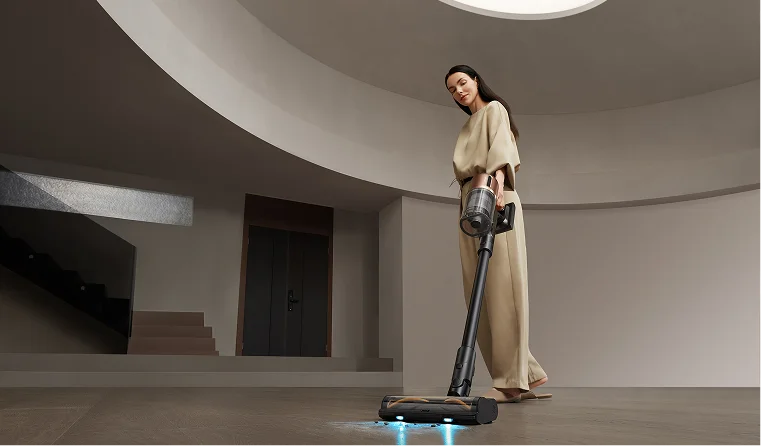





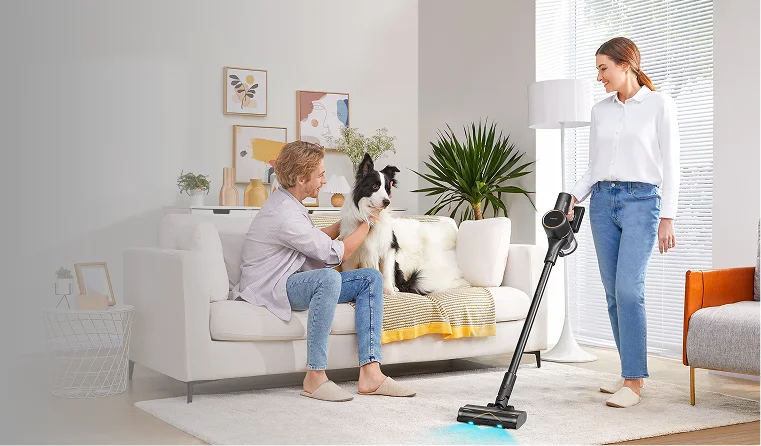

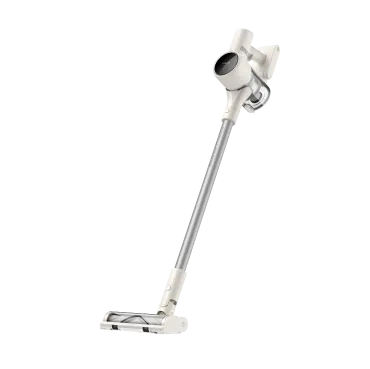
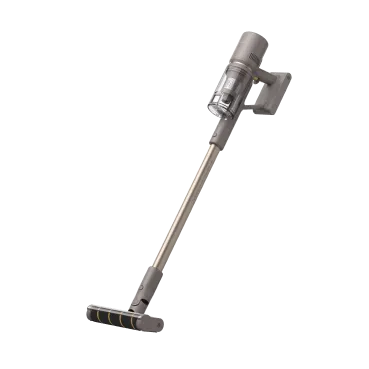
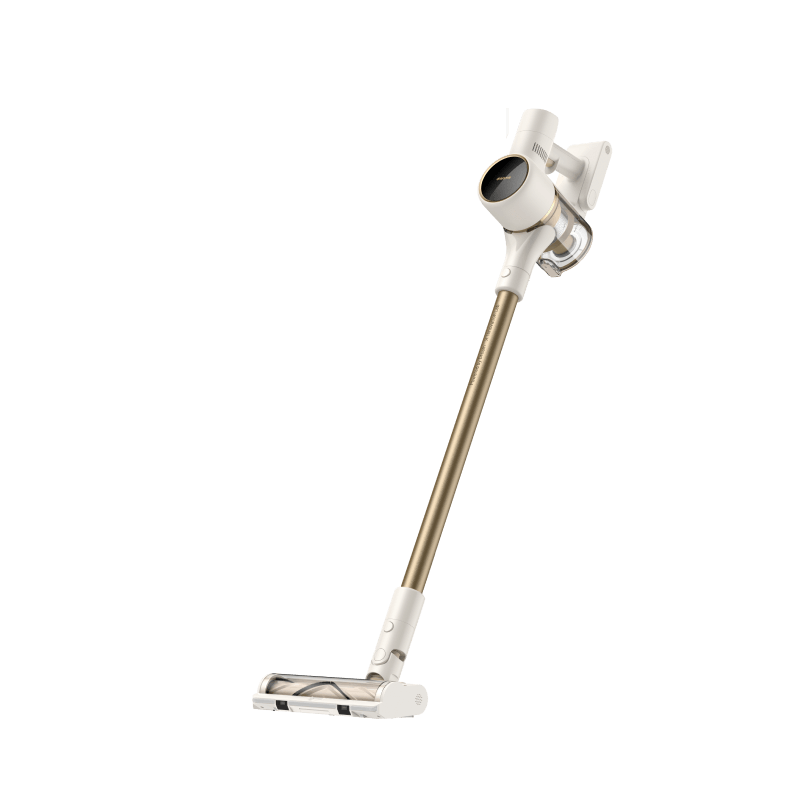



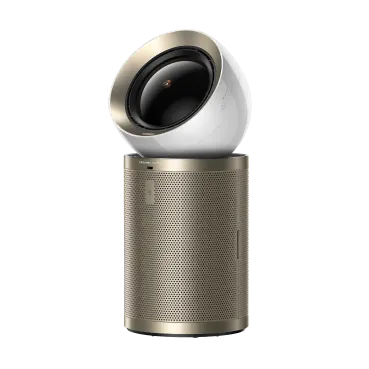
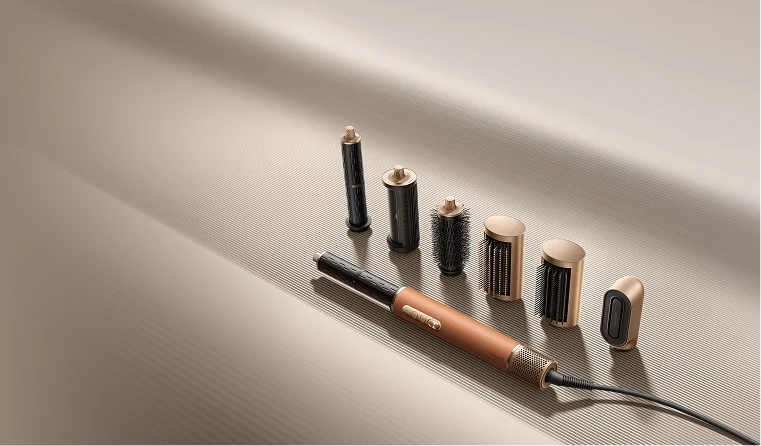
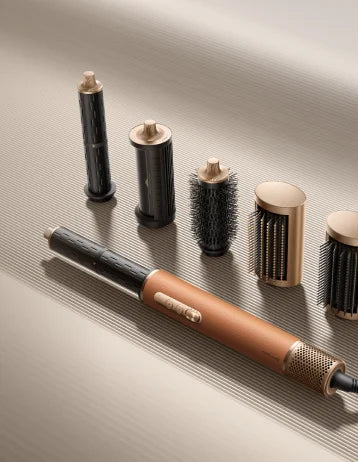



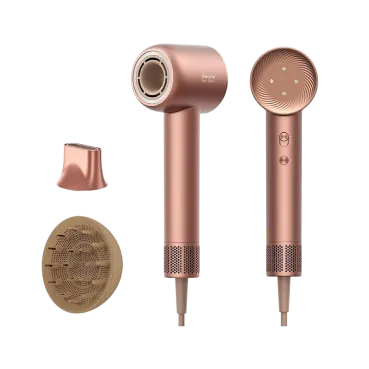



















 Australia
Australia 中国大陆
中国大陆 日本
日本


 Türkiye
Türkiye


 Italia
Italia
 Netherlands
Netherlands Belgium
Belgium
 Greece
Greece Polska
Polska
 Norway
Norway
 Sweden
Sweden
 Finland
Finland
 Denmark
Denmark
 Hungary
Hungary Czechia
Czechia
 Slovenia
Slovenia
 Croatia
Croatia
 Switzerland
Switzerland United Kingdom
United Kingdom
 Canada
Canada











